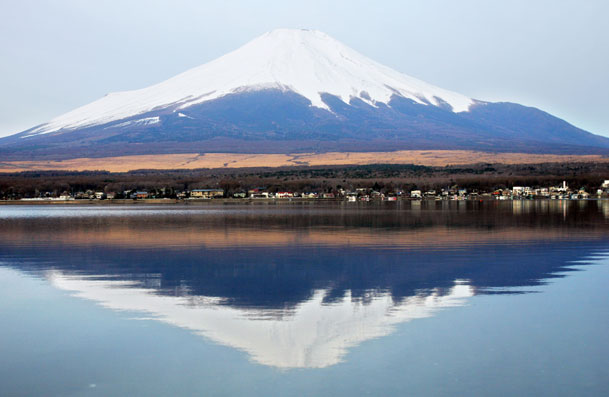Science and Health
Global warming threatens Mt. Fuji: report
(chinadaily.com.cn)
Updated: 2010-10-19 11:34
 |
Large Medium Small |
|
 An undated file photo of Japan's Mount Fuji [Agencies] |
For the past three decades, the permafrost on Mount Fuji has been thawing quicker than researchers' expectations, the Japanese daily Asahi Shimbun reported.
Permafrost is soil at or below the temperature of zero for two or more years. In 1976, permafrost layer existed from the 3,100-meter level up to the Mount Fuji summit, at 3,776 meters, which is the highest in Japan.
However, by 1998, the layer had receded to the 3,200-meter level and higher, and now the permafrost is in scattered patches only around the peak, according to a joint research by Shizuoka University and Japan's National Institute of Polar Research (NIPR).
"(The loss) is no doubt from the impact of global warming, but its pace is much faster than expected," NIPR Director-General Yoshiyuki Fujii said to the newspaper.
Fujii's team has been monitoring the soil at about 100 locations along the southern slope from the 2,500-meter level up, using rod sensors poked into the soil to measure temperature.
In 2007, researchers found the permafrost layer existing only sporadically from the 3,600-meter mark and above. More recently, permafrost was confirmed at six points before 2009. It's now reduced to three points, all on the northern side, the newspaper said.
According to the Japan Meteorological Agency, the average temperature at the summit in August rose from 4.2 degrees in 1976 to 6.6 degrees in 2009.